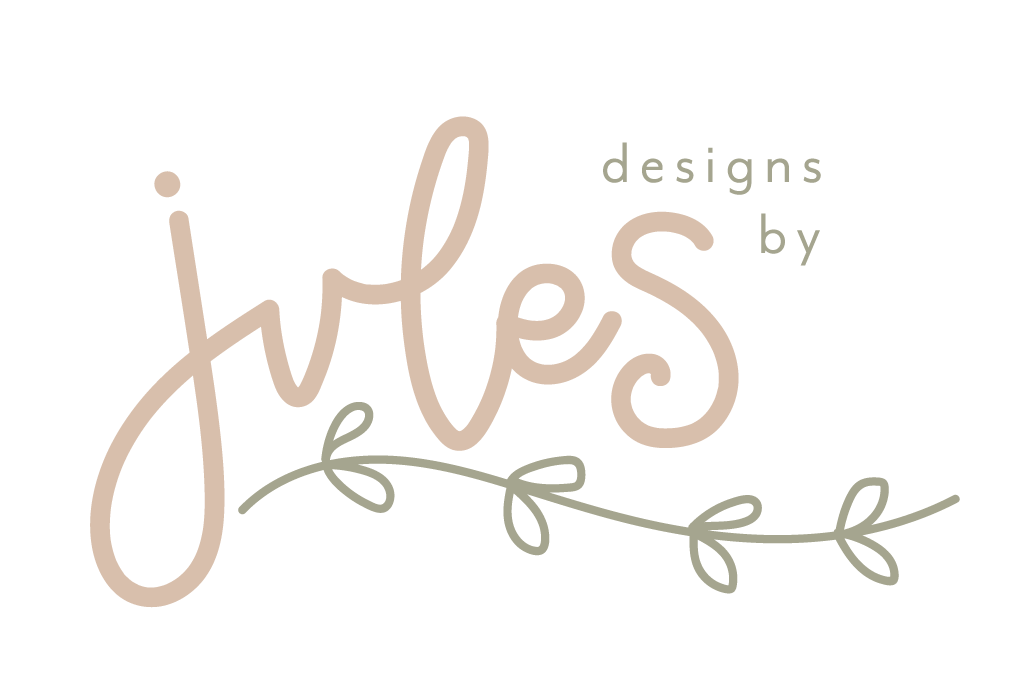Pet Store UX/UI Mandate
Client: Pet Store Expansion Project
Team: Collaboration with four team members
Mandate: Design a pet match service for lonely animals, integrated into an urban pet store concept with a community focus.
"We are moving into a new format of store: a smaller, neighborhood focused store for pet lovers in large urban centers like New York City, Chicago, and San Francisco. As an add on to our app, we want to add a social element: a dating feature for pets to find play dates with other like-minded pets. We want you to design a pet match service for lonely animals in need of a playmate."
Goal: Enhance human-to-pet and pet-to-pet interactions through an innovative digital and physical experience.
Research & Discovery
Conducted ethnographic research at pet stores and dog parks.
Observed and documented human-to-pet and pet-to-pet interactions.
Developed a foundational understanding of the core needs of pet owners and their pets.
Created three diverse stakeholder personas based on observed behavior.
Assigned nine key categories of needs per stakeholder.
Used personas to refine design direction and feature prioritization.
Stakeholder Development
Mandate Refinement
Developed "How Might We" statements to reframe the problem space.
Evolved the solution to include a custom-built pet community with residential spaces, a large dog park, and a pet store within an apartment complex.
Solution Design
Journey mapped the pet park experience.
Designed the Sniff Trail and water area, ensuring cohesive user experience across eight different sections.
Developed branding for four involved entities: the design agency, apartment complex, pet park, and pet store.
Ideation & Concept Development
Engaged in Crazy 8s, Bad Ideas, and other sketching activities.
Generated 160+ ideas within three hours to ensure a wide range of creative solutions.
Journey Mapping
Visual Identity & Usability Testing
Applied color theory and branding principles to create visual identities.
Conducted usability tests to validate logo and design decisions.
Iterated based on user feedback to enhance usability and appeal.
Sketching the Experience
The team combined all of the ideas to create an outline of the actual space. This includes the features that will be designed in the physical space, as well as how the app integrates into the space.
Wireframes & App Prototype
Created initial wireframes and prototypes for the digital pet match service.
Conducted user testing with a guest stakeholder, revealing usability issues.
Designed the Sniff Trail section of the app while collaborating on other sections.
Final Thoughts
Through thoughtful, UX design practices, we were able to propose a solution to strengthen community engagement among pet owners, and their pets through a well-integrated physical and digital experience. I learned the importance of observational research in understanding user needs, and the value of usability testing in improving wireframes and prototypes for the end solution.







